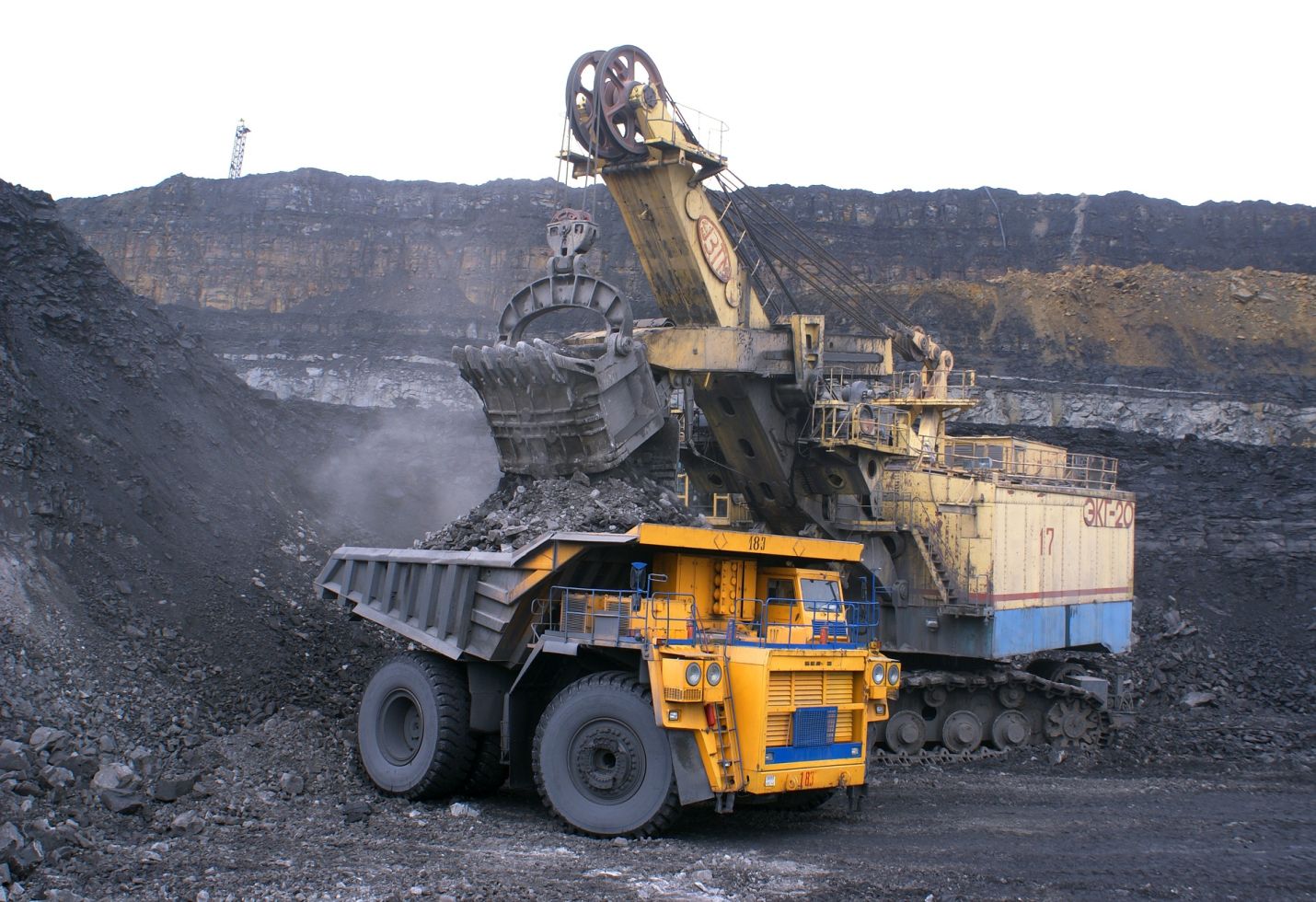Coal India Reopens 32 Mines as Clean Energy Progress Falters
The state-owned mining company shifts focus to coal, restarting idle mines and initiating new developments to address India’s growing energy needs.
India’s Energy Crunch: Renewables Lag, Coal Steps In
India’s energy consumption is soaring, driven by rapid economic growth and industrialization. In 2023, the country consumed nearly 40.5 exajoules of energy, with industry accounting for almost half of this demand. The government’s ambitious clean energy targets—500 GW from renewables by 2030—require $68 billion in annual investments, but last year’s investment was only $13 billion, highlighting a significant shortfall.
Despite aggressive solar and wind expansion, renewables have yet to deliver the scale and reliability needed to power India’s growing economy. As a result, coal still underpins 74% of the nation’s electricity generation as of 2024. Although coal’s share is expected to drop to 55% by 2030 and further to 27% by 2047, it remains crucial for meeting near-term energy needs.
Reviving Defunct Mines: Policy and Execution
The decision to restart 32 abandoned mines is rooted in a December 2024 policy from the Ministry of Coal, which aims to boost domestic supply and cut reliance on imports. These mines, previously shuttered due to outdated machinery and manual operations, will now be modernized and operated through revenue-sharing agreements with private partners. At least six are expected to be operational in FY 2025-26, with five new greenfield projects also in the pipeline.
As of 2025, contracts for 27 of the mines have already been granted, with the rest anticipated to be allocated in the near future. Coal India’s Chairman and Managing Director, PM Prasad, emphasized that this strategy is essential to bridge the gap until renewable capacity can catch up with demand.
Coal India’s Production Ambitions
Coal India currently operates 310 mines and supplies about 75% of the country’s coal needs. The company is targeting an annual production increase of 6–7%, with an ambitious objective of reaching 1.5 billion tonnes by 2030. This expansion is critical as India’s primary energy consumption is projected to more than double by 2050.
Despite the renewed focus on coal, Prasad reaffirmed Coal India’s commitment to India’s net-zero target by 2070, stating that coal production is expected to peak by 2035 before gradually declining as clean energy sources ramp up.
Mine Closures: A Slow and Complex Process
While reopening mines, Coal India is also grappling with the formal closure of old sites. In the last ten years, 299 mines have been classified as abandoned, non-operational, or closed, including 130 that have been shut down since 2009. However, only three have been formally closed under government guidelines as of early 2025, due to administrative, financial, and environmental challenge.
To address these delays, the Ministry of Coal has introduced revised closure guidelines and a centralized digital portal to streamline the process and ensure environmental and community welfare.
Conclusion
Coal India’s reactivation of 32 inactive mines reflects a practical adjustment in India’s energy approach, focusing on urgent power demands while the nation works toward strengthening its renewable energy framework. While the long-term goal remains a clean energy transition, coal will continue to play a crucial role in powering India’s growth for the next decade. The challenge ahead is to balance energy security with environmental responsibility as India navigates its complex energy future.
The image added is for representation purposes only





